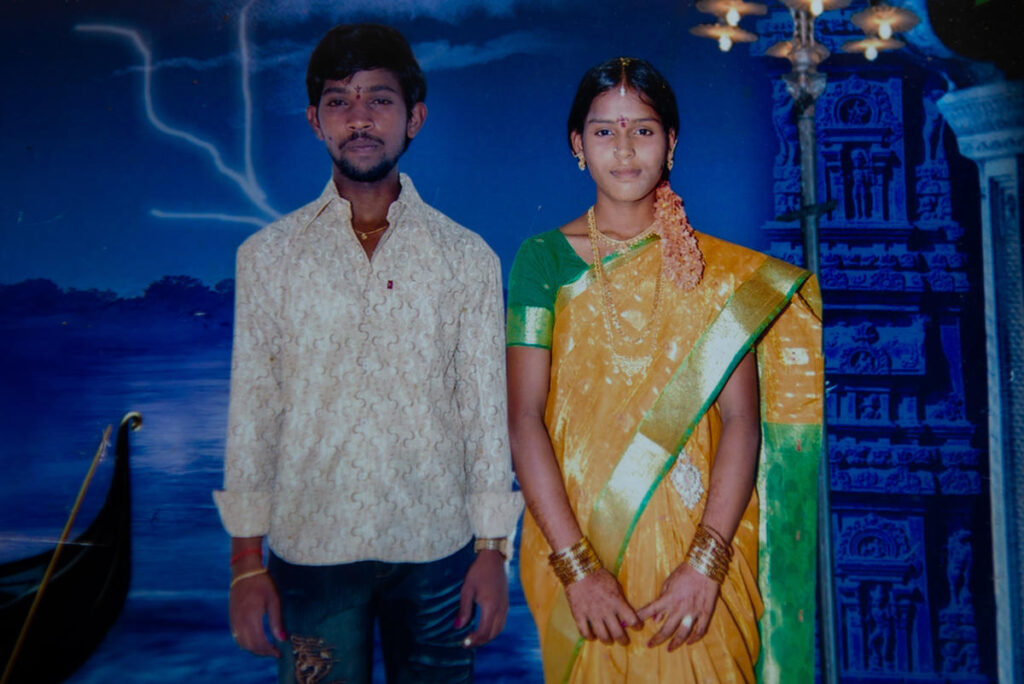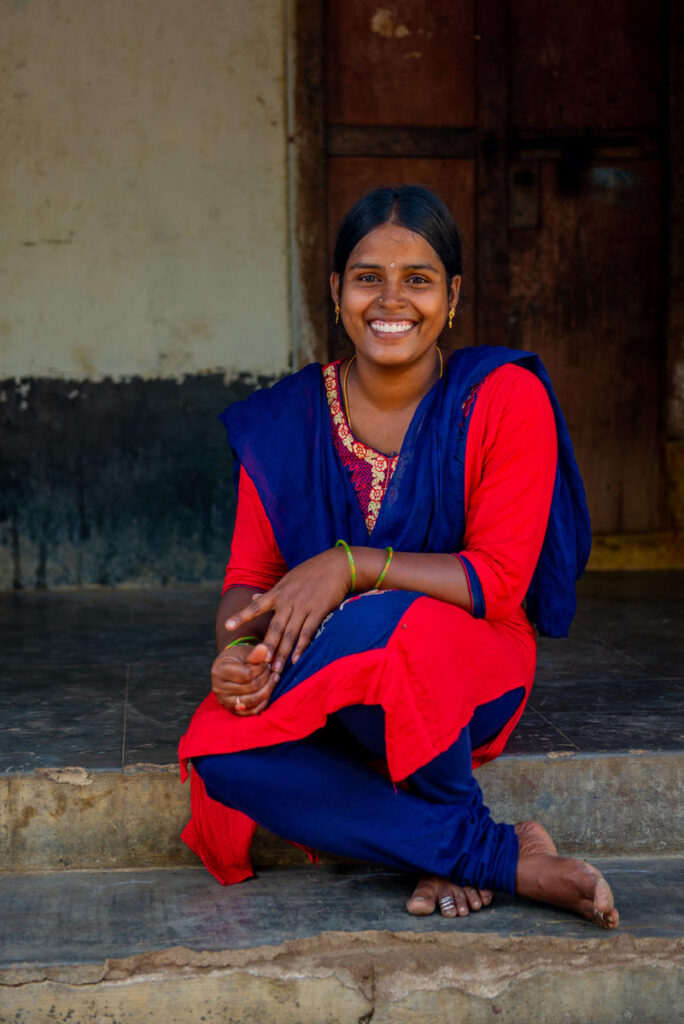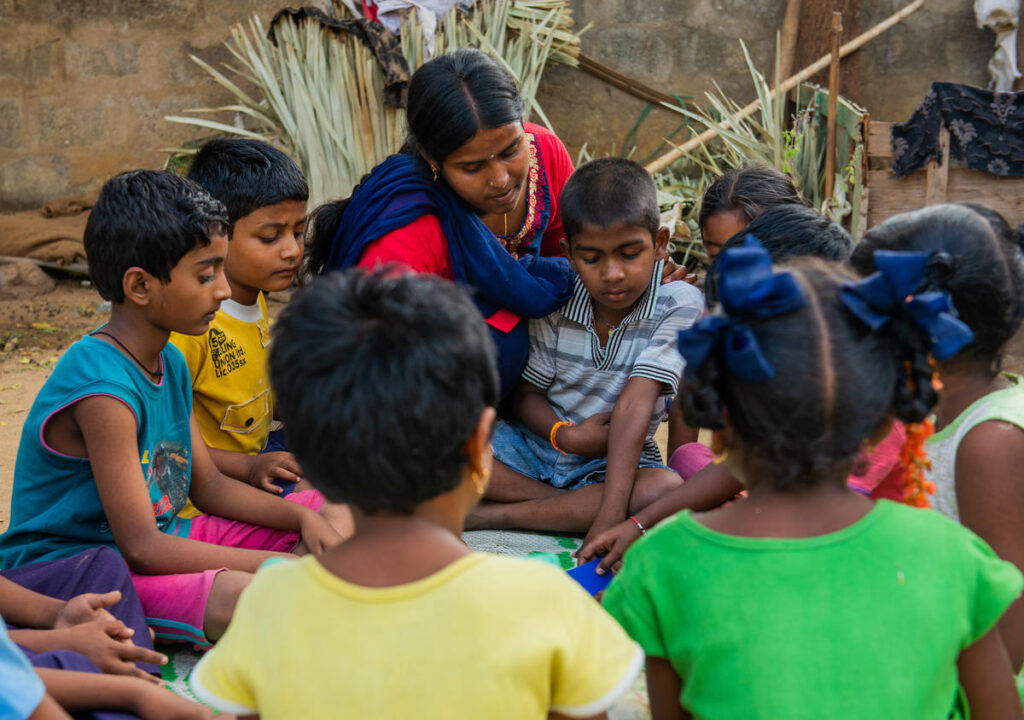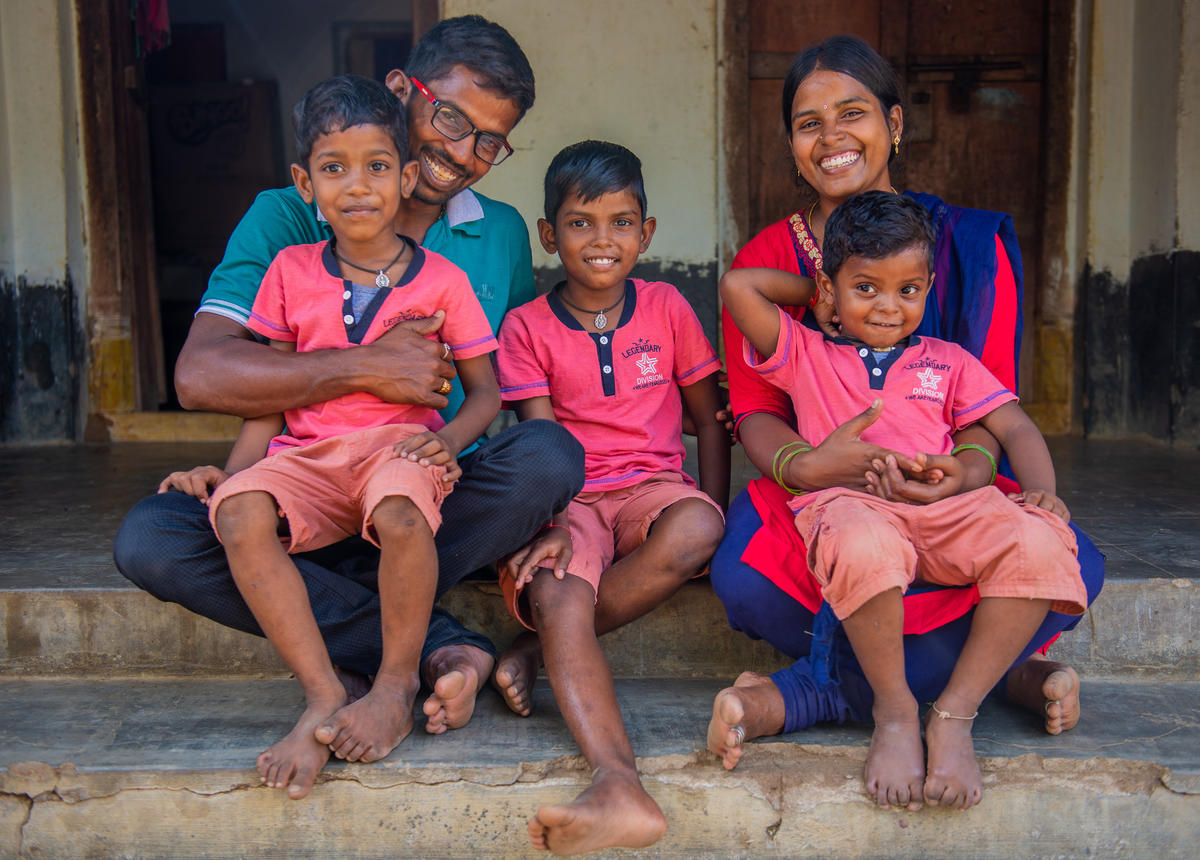Estimated read time: Six minutes
Dawn had just broke and the skies were turning bright. My mother hurriedly woke me up, saying: “Anuradha! Wake up! You need to do a lot of chores and get ready.” While my body resisted, my inner voice screamed loudly: “There is school today! Wake up!” It did not take a second longer for me to wake up and rush out of the bed.
For two hours after I woke up, I did all the household chores along with my mother – washing dishes, washing clothes, milking the buffaloes, and other tasks.
Just when I was going to pick my school uniform, my mother yelled at me: “Wear the new dress that we bought for you.” “But the teacher will shout at me for wearing that dress,” I replied. Little did I know that my mother wanted me to dress in an outfit for an event that was going to change my life.
Anuradha was only 13 years old and was studying in class eight when she was married off as a child bride. And only a year into marriage, she gave birth to her first child. “As a child myself, I always wanted to study and become a teacher. I really did not start to understand marriage until I turned 19,” she said with regret. Her husband, Krishna, was supportive of her and permitted her to study until the 10th standard. When Anuradha was supposed to write her final tenth board exams – she was eight months pregnant with her second child. Her family feared that the stress would be unsafe for her pregnancy, so they convinced her to skip her exams and drop out of school.

Unfortunately, Anuradha’s story is not a unique one. Globally, 1 in 5 girls around the world are married before the age of 18. That’s 22 girls every minute. Child marriage has lifelong consequences for girls, often curtailing their education, minimizing their economic opportunities and earning potential, increasing their risk of experiencing sexual violence and abuse as well as psychological harm, and threatening their health. Sadly, complications from pregnancy and childbirth are the leading cause of death for adolescent girls and 90% of adolescent pregnancies in the developing world occur within marriage.
But there is a glimmer of hope when it comes to global efforts against child marriage – in addition to foreign assistance for programs that support global health, education, and protection from violence broadly, since 2014, the U.S. government has also provided dedicated funding to address child marriage specifically through the Combating Child Marriage account.
With funds from this account, USAID has supported a diverse range of interventions that reduce the incidence of child marriage and address the needs of married children, including:
- Promoting girls’ education
- Access to health services, including information about healthy timing and spacing of pregnancies
- Strengthening the enactment and enforcement of laws and policies that delay marriage
- Building community outreach efforts to shift norms and attitudes that perpetuate the practice
Thanks to this funding, Anuradha was able to encounter World Vision programs in India. A sensitization program on the importance of Maternal, Newborn and Child Health was conducted in her village. She learned the importance of providing newborn babies nutritious and healthy food – and with her second child (born that year) weak and malnourished, the program was vital in her ability to help the baby grow into a healthy child.
“Ever since that program, I began attending all the programs conducted by World Vision India in my community because I felt empowered by the knowledge I was acquiring,” says a joyful Anuradha.
Anuradha soon began attending a training on child rights, where she learned about her right to an education. The Community Development Facilitator (CDF) of World Vision India in her community, Sunil, also encouraged her to re-do her tenth grade exams through open schooling. Since she already had a desire to study further, she immediately asked her husband to let her return to school. “When Sunil came and spoke to us about helping Anuradha complete her education, I felt it was unjust to ask her to quit school. So I took the initiative to enroll her into the tenth grade to complete schooling”, said Krishna.
Despite losing years of the childhood she deserved, Anuradha’s hope for her future was renewed and she began to dream again. A naturally gifted speaker, she joined World Vision India as a volunteer and began training children in education and child rights. She went door-to-door in her village to educate parents and ensured that all children in her village are enrolled in school. Soon, everyone in her village and neighboring villages knew who Anuradha was. “Earlier I used to be known as ‘Krishna’s wife’, but now everyone here calls me ‘Anuradha,’” she says with pride.

Anuradha quickly realized that the dreams of many girls in her village were being silenced because of child marriage. So in 2016, Anuradha joined the Child Protection Unit (CPU) formed by World Vision India in her village. She, along with the rest of the CPU members, were trained about child protection issues and how to tackle them. They were also made aware of various stakeholders like the Child Line, the District Child Protection Unit and Child Welfare Committee, who can help legally deal with cases of child abuse and child marriage.
Many girls in the village had a good relationship with Anuradha, and one of them came up to her and shared about how her family was planning to secretly marry her at the age of 14. Anuradha immediately informed the CDF, and together they called Child Line and reported the case. Child Line visited the village, was able to counsel the family, and stopped the child marriage.
Anuradha then kept a close eye on other families in the village looking to have their daughters married away as child brides. Within two years, she reported four other cases to Child Line – which not only stopped those marriages but also conducted large-scale education initiatives on the negative consequences of child marriage.
In 2017, Anuradha was recognized by the District Collector and was given a bravery award for stopping these child marriages.
“At the age of 13, a young girl doesn’t even know how to do things for herself. So the destruction of marrying off a girl and boy at such a young age is that they cannot financially support their new family and they do not have proper education to get a decent job. They do not have the maturity or brain capacity to endure this responsibility at that age. I know the difficulties of being married off at such a young age and I don’t want other girls to endure this,” says Anuradha.
She is now a mother of three children at the age of 23, and has successfully stopped five child marriages and counseled over 20 families against it in her village over the past few years.
Apart from being an active anti-child marriage advocate in her community, she also works at a news channel as an anchor where she speaks openly about the rights of women and children. She is also pursuing her dream of obtaining a Bachelor’s degree in education and becoming a teacher.

While playing with children whom she teaches as part of the Remedial Education Centre run by World Vision India in her community, Anuradha concludes: “My life has changed. Ever since I was sensitized about my rights, I’ve left no stone unturned. Earlier, I was very angry about my marriage but now I have left the regret behind and I’m determined to make the lives of other girls in my community secure. I feel extremely proud when girls come and thank me for stopping their marriage.”
Lives are being changed around the world because of women like Anuradha – and education & empowerment through World Vision programs – but there is still work to be done to end the practice of child marriage and meet the needs of already married girls. Child marriage rates are increasing due to the secondary impacts of the COVID-19 pandemic and related containment measures, including school closures, limited livelihood opportunities, food insecurity, restrictions on movement, and disruptions to essential protection and health services for girls. World Vision estimates that as many as 4 million additional child marriages will occur in the next two years if we do not act quickly.
Child marriage perpetuates the cycles of poverty, poor health, illiteracy, and violence that have negative impacts on overall global development, prosperity, peace, and stability. Tell Congress to support funding for the Combating Child Marriage account!
ACT NOW:
Top photo: Present day Anuradha with her husband Krishna and their three children. (©2020 World Vision/photo by Jon Warren)


